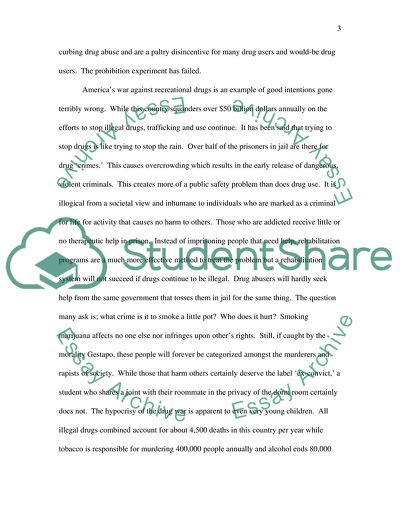Cite this document
(Was Joshua Shenk Successful Coursework Example | Topics and Well Written Essays - 2500 words, n.d.)
Was Joshua Shenk Successful Coursework Example | Topics and Well Written Essays - 2500 words. https://studentshare.org/law/1705867-was-joshua-shenk-successful
Was Joshua Shenk Successful Coursework Example | Topics and Well Written Essays - 2500 words. https://studentshare.org/law/1705867-was-joshua-shenk-successful
(Was Joshua Shenk Successful Coursework Example | Topics and Well Written Essays - 2500 Words)
Was Joshua Shenk Successful Coursework Example | Topics and Well Written Essays - 2500 Words. https://studentshare.org/law/1705867-was-joshua-shenk-successful.
Was Joshua Shenk Successful Coursework Example | Topics and Well Written Essays - 2500 Words. https://studentshare.org/law/1705867-was-joshua-shenk-successful.
“Was Joshua Shenk Successful Coursework Example | Topics and Well Written Essays - 2500 Words”. https://studentshare.org/law/1705867-was-joshua-shenk-successful.


